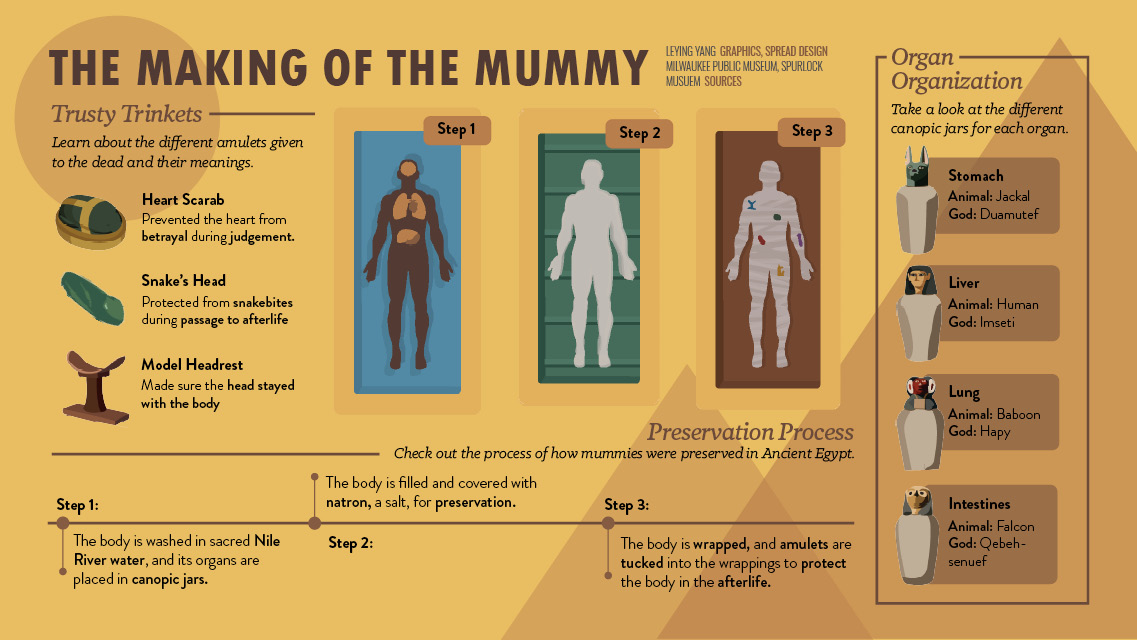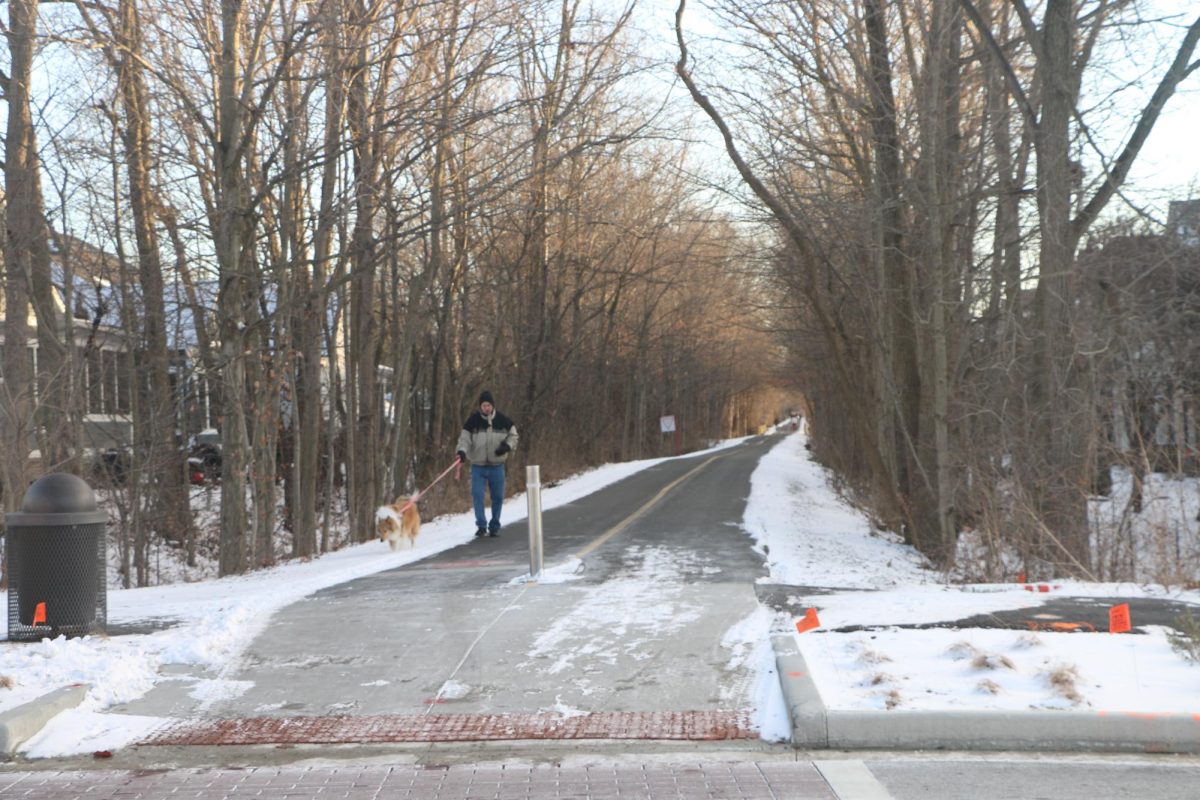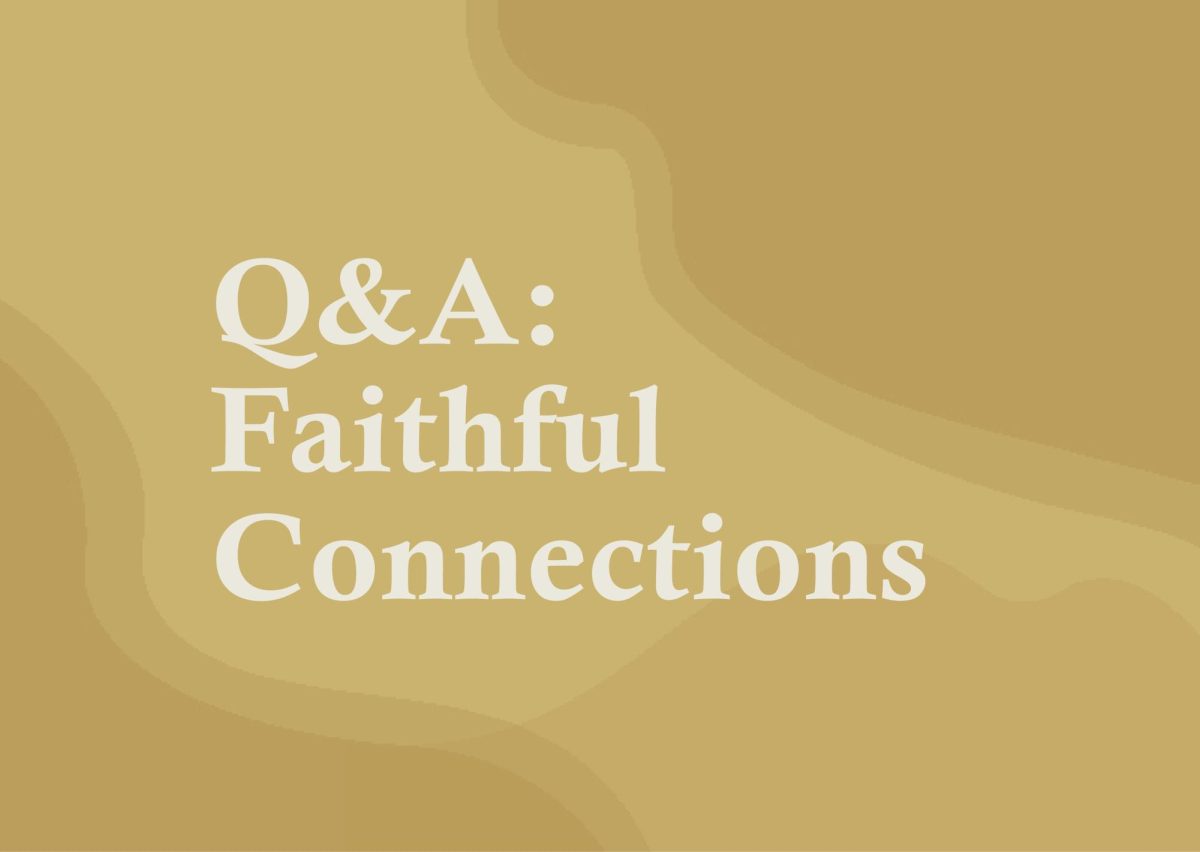For senator and senior Ben Boyce, the consistent effort made by this school to provide a safe environment is largely due to the behind-the-scenes logistical and planning work of the school administration that many students are not aware of.
“I’m a member of the Superintendent Principal Advisory Council, which is a small group of students that meet with the principal and superintendent once a month. Many of the policies we discuss in that group have to do with safety, and from that group, I have realized that there is a lot more that goes into school safety than meets the eye,” Boyce said.
Christopher Glander, freshman center safety administrator and assistant principal, said that school safety is a daily priority that involves everyone in the building. In particular, Glander said the connection between administrators and students is one of the main reasons for the school’s continued safety.
“Our students understand the importance of safety and reporting information that may be important as it pertains to the safety of all of the people that come into the building,” Glander said. “The key to school safety is interacting with our students and having a pulse on trends happening here. Usually, students are the best eyes and ears for the staff or administration to keep a safe school environment.”
Glander said that there are also constant meetings with other groups in order to address relevant concerns and receive updates from different parts of the school.
“Safety encompasses the entirety of the building. We also have a newly formed committee of teachers this year that meet about once a month,” Glander said. “I meet every two weeks with our SROs (student resource officers). I think that one of the things that we do well is that we communicate and collaborate when we have to because there’s so many people here.”
Boyce also said that the quality of SROs at this school are instrumental in keeping students safe. According to SRO Hunter Rogowski, SROs undergo continuous training in order to provide an effective presence.
“Through NASRO (National Association of School Resource Officers), we have to go to different trainings with different experts. Topics include building safety, active threat safety, drug safety, but it’s almost endless what sort of classes we can take,” Rogowski said.
Because of their experience as police officers, SROs also provide educational assistance on the topic of school safety.
“We teach in classes where our expertise might come in handy. We have went into the criminal justice classes, which is obviously really important, and the psychology classes. We make sure we do health, where we talk about stuff such as drugs and alcohol, but that extends to what to do in a traffic stop and accidents as well. We also go into interpersonal relations because some of that stuff deals with safe relationships,” Rogowski said.
Beyond establishing a strong relationship with students and staff, SROs and administrators also patrol the building and regulate movement in and out of the school.
“I usually supervise door 13 with Mrs. Skeens-Benton at 8:20 a.m. and then at about 8:40 a.m. I head down to door 16 for my morning supervision and I’m usually there until 9:05 a.m.,” Glander said. “Before and after school, we have SROs, administrators, and other staff assigned to all of the points of entry. We try to have one person at each entrance with a radio at these places as well as in common areas. Through this system of assignments, we generally cover each part of the school at least three times a day. It’s important to always be active, visible and present in our supervision.”
Like Glander, Boyce also considers building accessibility to be one of the greatest challenges to maintaining a safe environment and an area which can always be improved.
“Although it’s near impossible to screen every single person who enters the school, I think there is still work to be done on how we admit visitors into the school,” Boyce said. “I think safety at CHS has and will continue to improve.”
In addition to building accessibility, Boyce said that other big challenges for school safety include drug use and violent behavior. Although Glander considers disciplinary action to be a method of intervention against drugs and violence, he also said that those measures need to be taken with an end goal in mind.
“Consequences are centered around trying to change behavior and setting expectations. Students always need to be aware of the standards that we set for them at school,” Glander said. “If there really needs to be consequences given for an action by a student, the hope is that they learn from it, for one, and they change that behavior. They need to know that whatever they are doing is an undesirable behavior, and we hope we can make them understand that they can’t continue that way. It’s not only for their sake, but for the safety of others as well.”
Likewise, Rogowski said that even though an SRO is a police officer trained in deterrence and disciplinary action, the purpose of SROs is not in dealing with drug use or violence is not that one-dimensional.
“We’re here as resources and mentors. For example, if there is a troubled student, instead of throwing the book at them and telling them to stop their behavior, we want to know what is going on with this student and talk with them. I much prefer to do stuff like that than use our police powers in school,” Rogowski said.
Because of the complexity of school safety, Glander said the system that creates safety is constantly changing.
“We are always trying to find ways to be better. I think we are safe. I think we are secure. But I also think we can be better in our daily practices, supervision, visibility, interaction, communication and collaboration. All of those things factor into promoting and maintaining a safe environment for everyone that comes into our building,” Glander said. By Anthony Pho










